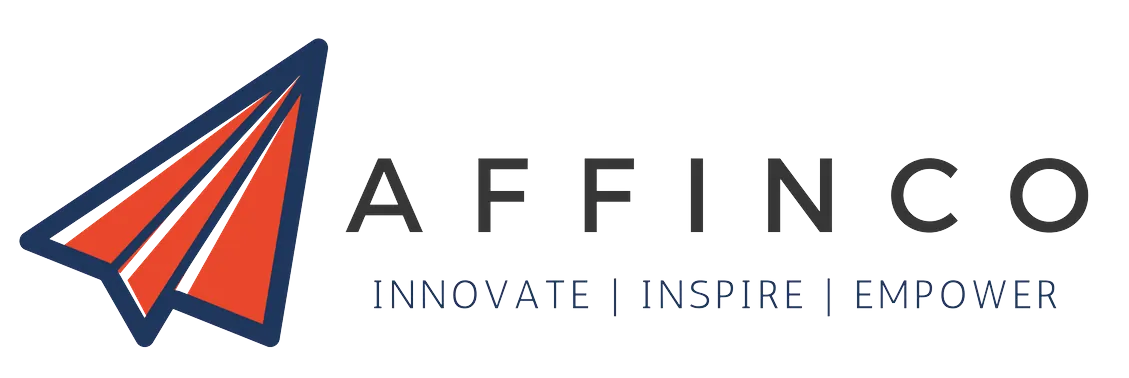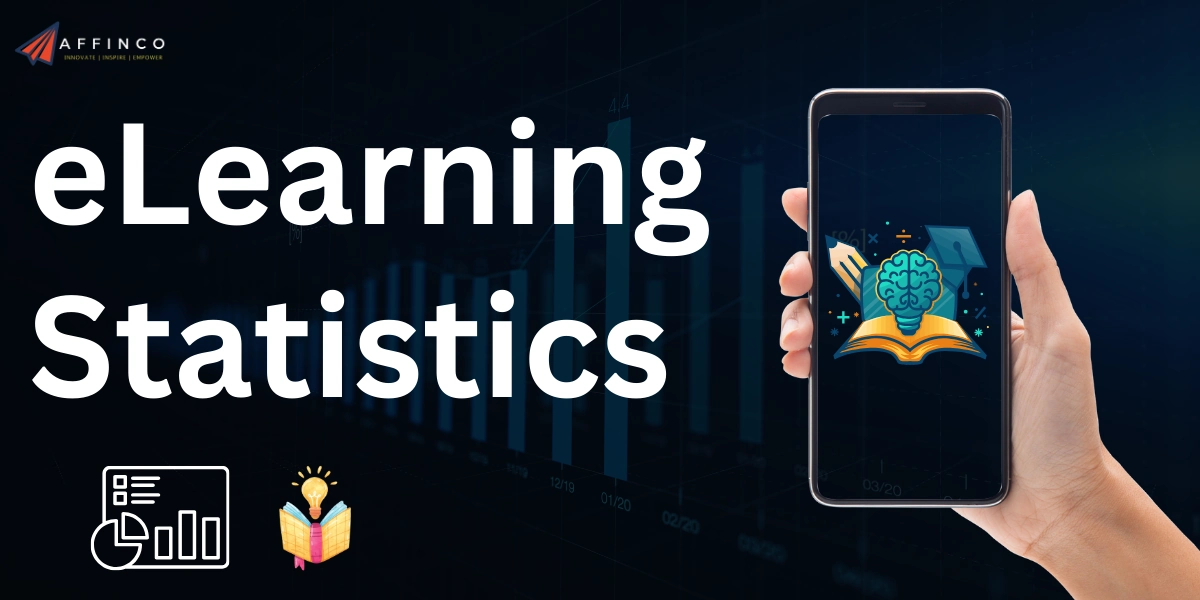
The global eLearning market reached $203.81 billion in 2025, but that's just the beginning. Many people wonder about the real impact of online learning on businesses and education today.
That's exactly why we've researched hundreds of detailed industry reports to bring you the most current eLearning statistics available.
From corporate training success rates to mobile learning growth, we've collected the numbers that actually matter.
Our team spent months gathering comprehensive data on student engagement, AI in education, and learning management systems to give you the complete picture.
Global eLearning Statistics 2025: Market Growth & Trends
The eLearning market continues to show strong financial growth and user base expansion. The market's valuation reflects increasing demand for flexible and accessible education across all sectors.
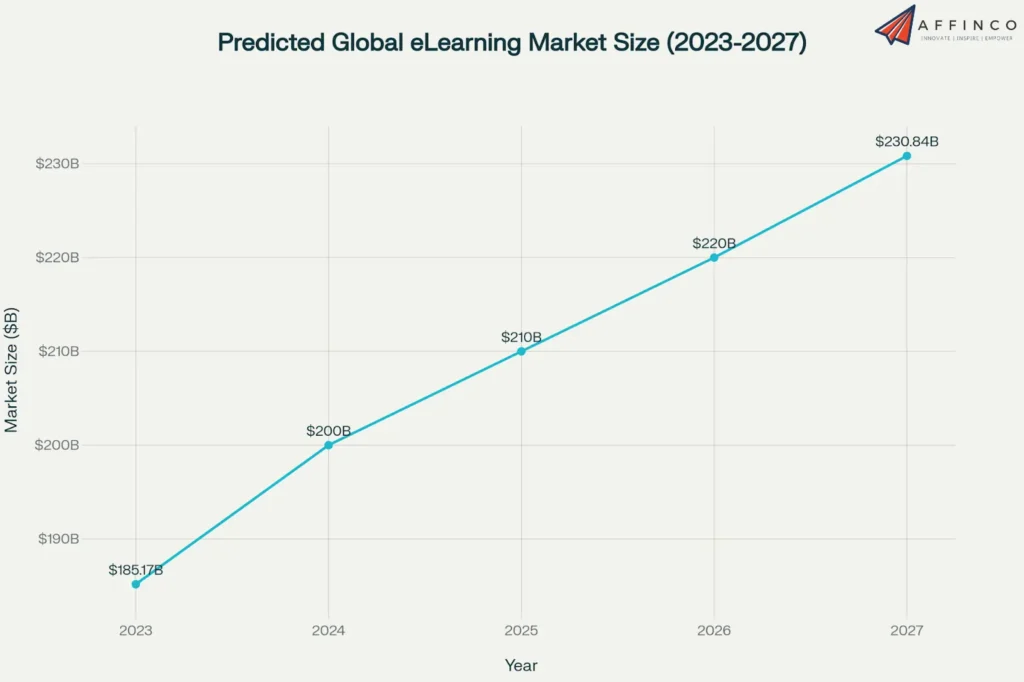
Such consistent expansion demonstrates firm establishment of online learning as a primary educational method. User base is expected to keep expanding as internet accessibility improves globally.
Regional eLearning Market Analysis
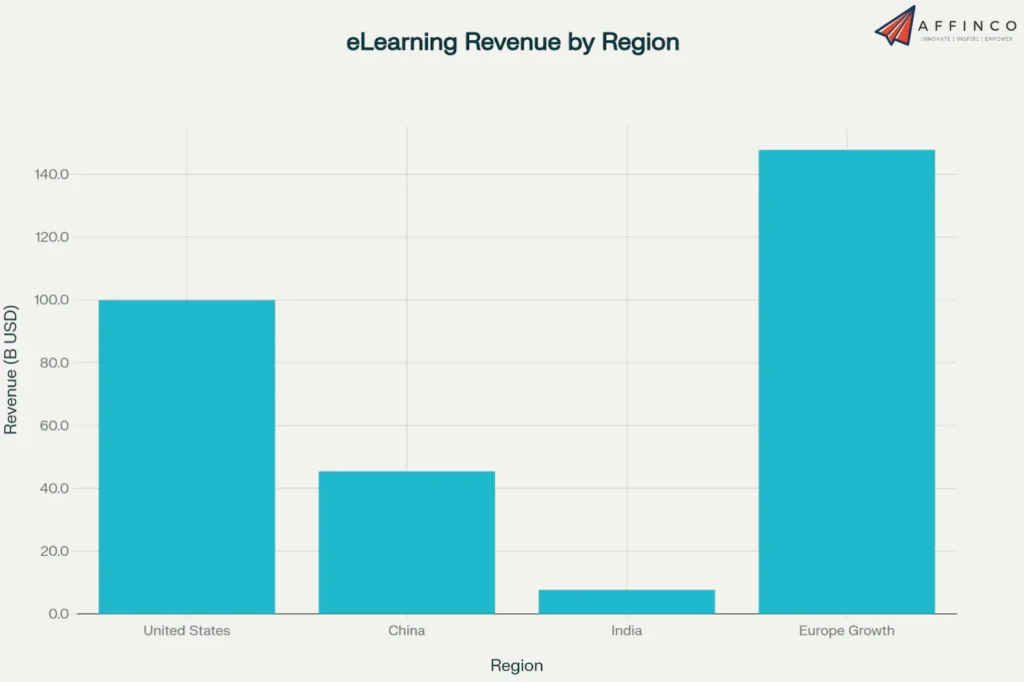
Market performance varies significantly by region, with established markets leading in revenue and emerging markets showing the fastest growth. This highlights the global but uneven nature of digital education adoption.
The strong performance in the U.S. and Europe points to mature digital infrastructures. Meanwhile, rapid growth in countries like India suggests a major future shift in the market's composition.
Corporate eLearning Adoption Statistics
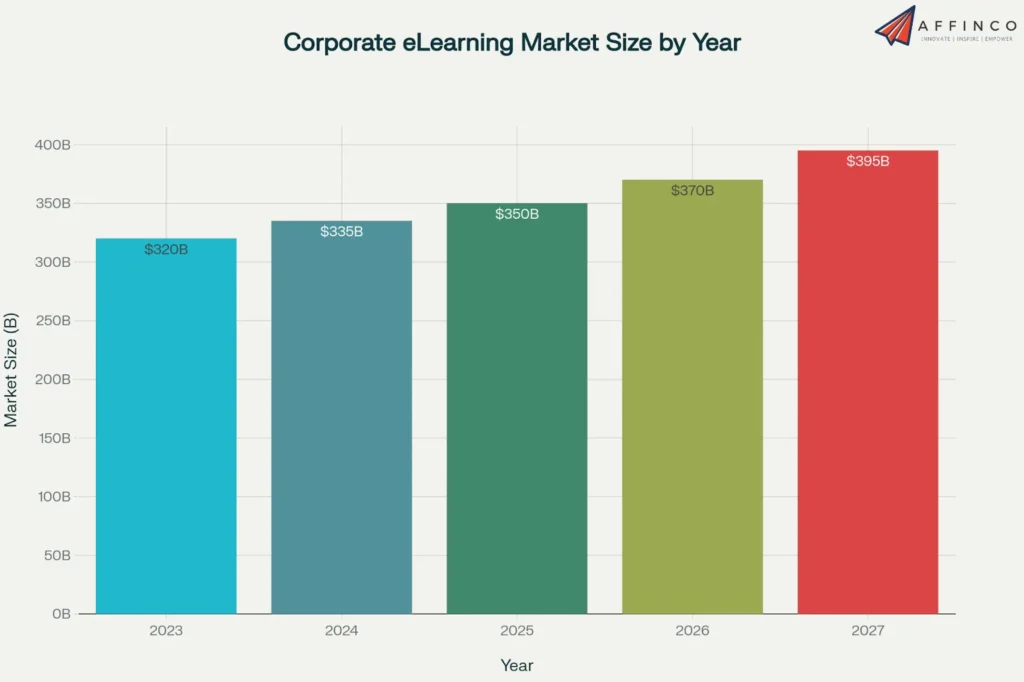
Businesses are increasingly integrating eLearning into their training and development programs. This adoption is driven by the need for efficient, scalable, and cost-effective methods for upskilling employees.
| Year | Corporate eLearning Market Size (Billion USD) |
|---|---|
| 2023 | 320 |
| 2024 | 335 |
| 2025 | 350 |
| 2026 | 370 |
| 2027 | 395 |
The corporate eLearning market is anticipated to surpass $350 billion in 2025.
This near-universal adoption by businesses signifies that online training is no longer a niche solution but a standard practice. The focus is on improving employee skills and boosting organizational productivity.
Financial and Productivity Impact in the Workplace
The implementation of eLearning in corporate settings yields considerable returns on investment and productivity gains. Companies that invest in online training report better financial performance and a more engaged workforce.
These figures show a clear financial incentive for companies to invest in robust online training programs.
Mobile Learning: Education on the Go
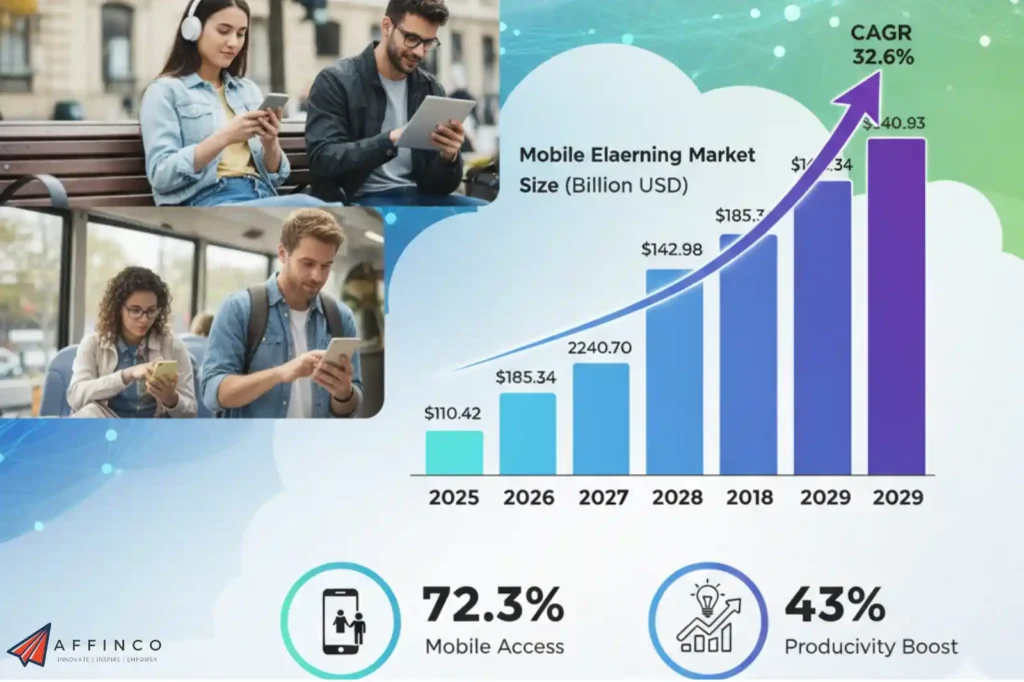
Mobile learning (mLearning) has become a key component of the eLearning industry, offering users the flexibility to learn from anywhere. Its growth is driven by the widespread use of smartphones and tablets.
| Year | Mobile eLearning Market Size (Billion USD) |
|---|---|
| 2025 | 110.42 |
| 2026 | 142.98 |
| 2027 | 185.34 |
| 2028 | 240.70 |
| 2029 | 340.93 |
Learner Engagement and Satisfaction Rates
Learner engagement is a critical factor for the success of online courses. Statistics show that while convenience is a major draw, keeping learners motivated remains a key challenge.
These statistics present a mixed picture, where the flexibility of online learning is highly valued but maintaining engagement requires effort. The use of interactive elements appears to be a successful strategy for improving learner satisfaction.
Student Retention in Online Learning
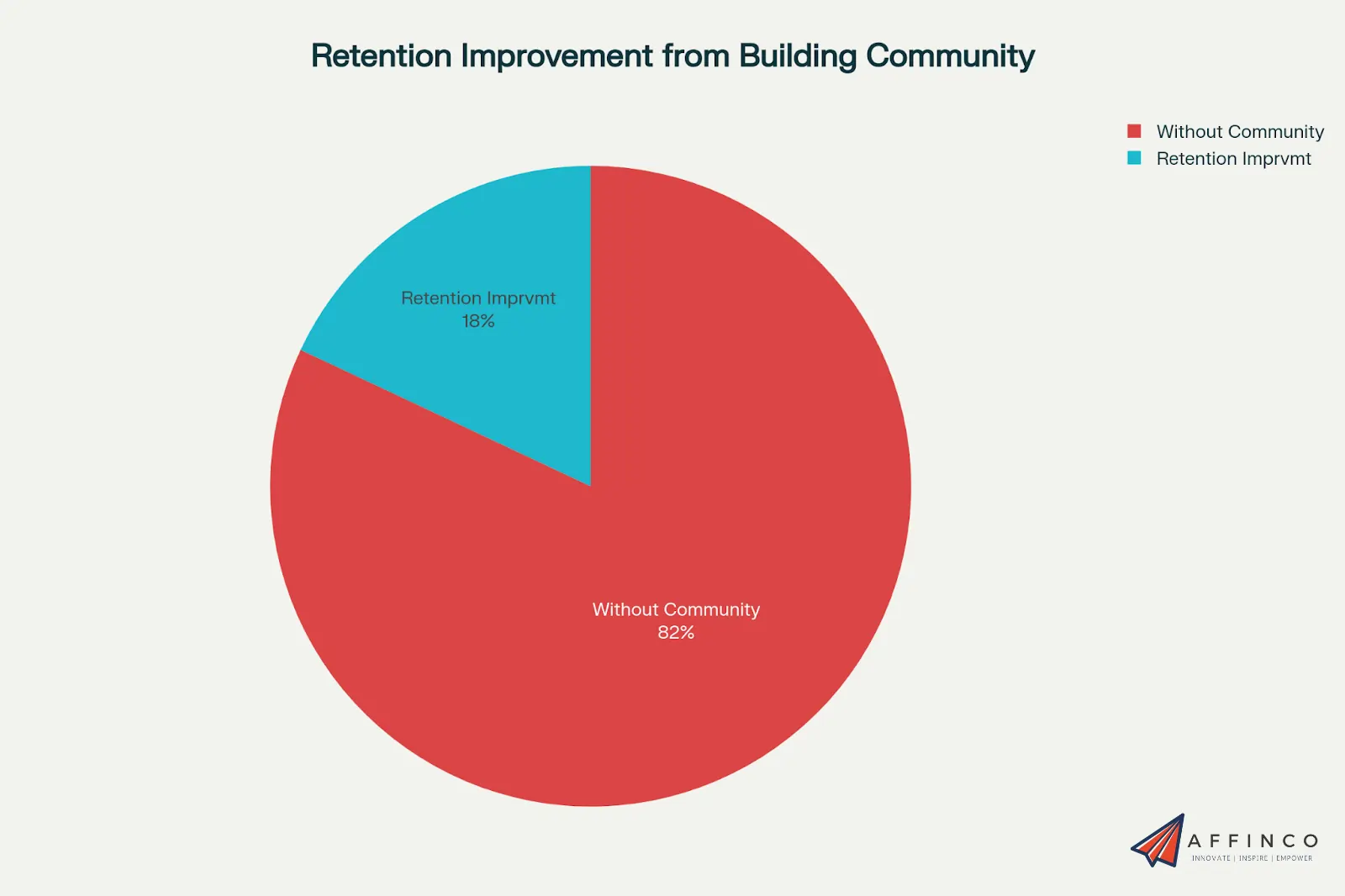
Improving student retention is a primary focus for online education providers. High retention rates are indicative of a successful and effective learning program.
Strategies that foster community and provide consistent support are effective in keeping students enrolled.
The Role of Artificial Intelligence in Education
AI in education is one of the most significant technological advancements, offering personalized learning paths and automating administrative tasks. Its adoption is growing as institutions recognize its potential to improve learning outcomes.
- Using Artificial Intelligence in eLearning has been shown to increase student engagement by 80%.
- More than 47% of education leaders report using AI tools in their daily operations.
- The global market for AI in education is expected to reach $7.57 billion in 2025.
- This market is projected to grow to $30.28 billion by 2029.
The integration of AI is making education more adaptive and efficient. Its ability to personalize content and provide real-time feedback is a major factor in its growing adoption.
Gamification in Online Learning
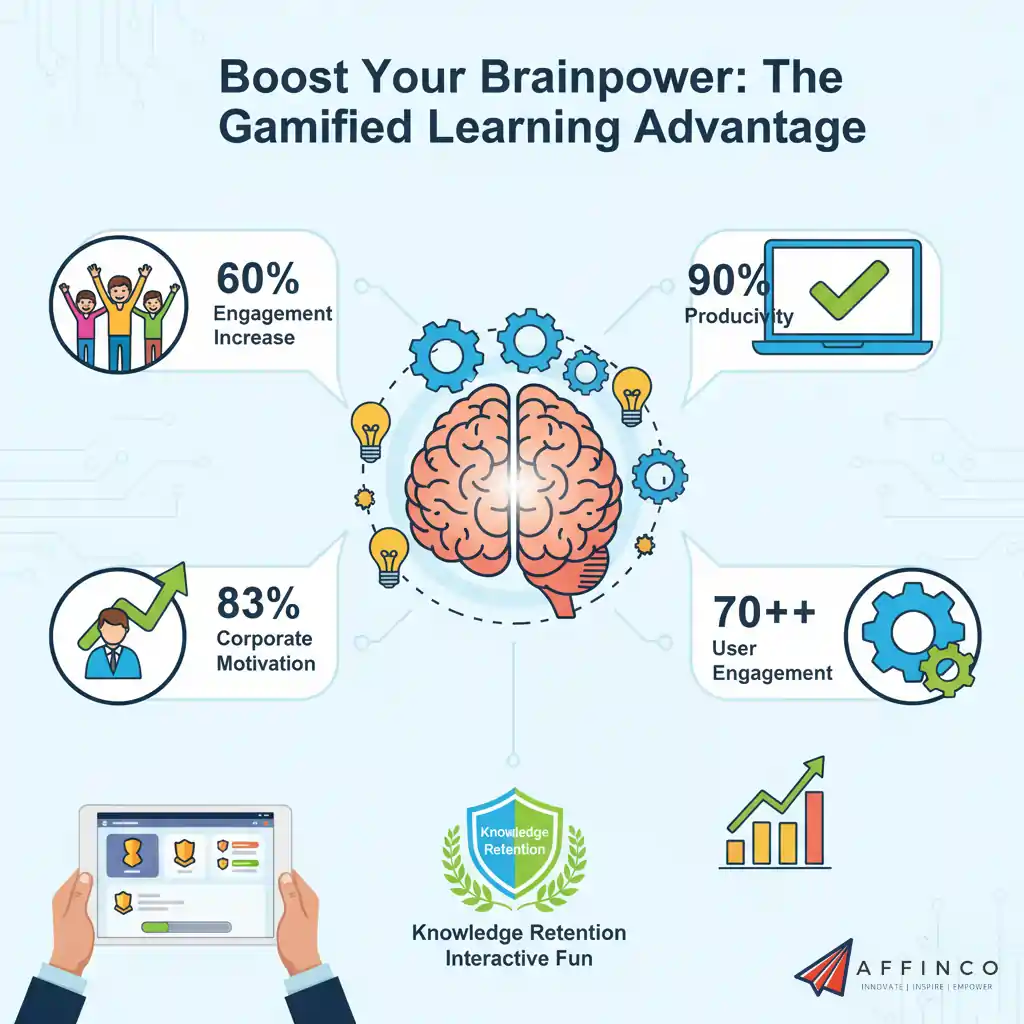
Gamification applies game-design elements to educational content to make it more engaging. This technique has proven effective in motivating learners and improving their participation.
The use of gamification addresses the challenge of keeping learners motivated. By making learning more interactive and fun, it helps improve both engagement and knowledge retention.
Social Learning and Collaboration
Social learning emphasizes learning from and with others. Online platforms are increasingly incorporating features that facilitate collaboration and community building among learners.
Social learning features help replicate the interactive and communal aspects of a traditional classroom. This approach makes the online learning experience less isolating and more engaging for students.
Microlearning Trends and Effectiveness
Microlearning involves delivering content in small, focused units. This method is well-suited for the fast-paced nature of modern life and is particularly effective for corporate training.
- Microlearning can improve knowledge retention by up to 80%.
- It is 17% more efficient in transferring knowledge from the classroom to the workplace.
- Learners prefer microlearning because it allows them to study at their own pace and convenience.
- Companies are increasingly using microlearning for just-in-time training and performance support.
The rise of microlearning is a direct response to the need for more flexible and efficient learning solutions. Its bite-sized format is ideal for mobile delivery and busy schedules.
Learning Management System (LMS) Market

A Learning Management System (LMS) is a software application for the administration, documentation, tracking, reporting, and delivery of educational courses. The LMS market is a core component of the eLearning infrastructure.
The LMS market's growth is tied to the overall expansion of the eLearning industry. These platforms provide the necessary framework for managing and delivering online educational content at scale.
Online Course Creation and Content
The creation of high-quality online content is a significant part of the eLearning industry. Platforms like Coursera and Udemy have massive libraries of courses catering to a wide range of interests.
- Coursera added 7 million users in a single quarter, growing its user base from 142 million to 148 million.
- Developing a single hour of high-quality online course content can cost between $4,000 and $10,000.
- This development process can take anywhere from 180 to 360 hours of work.
- 78% of course creators believe that consistent engagement with their audience is crucial for success.
The growth of major online course platforms shows the high demand for accessible education. However, the cost and time required to produce quality content remain significant considerations for creators.
Student Preferences in Higher Education
University students are showing a clear preference for learning models that include online components. This shift in attitude is changing how higher education institutions design their courses.
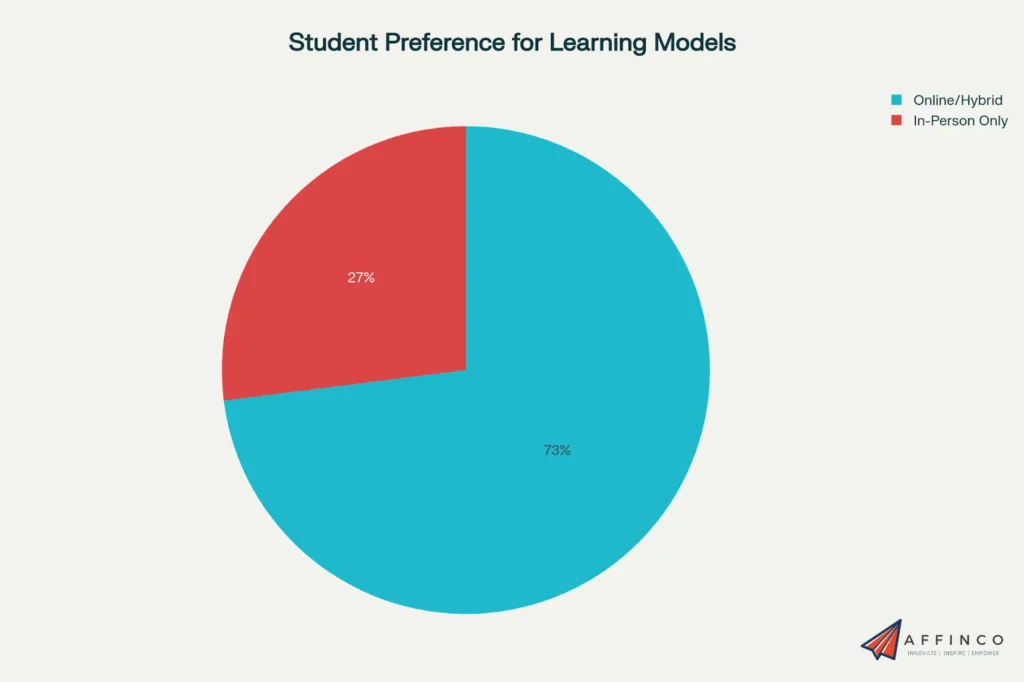
The preferences of students are a major factor in the design of modern educational programs. The high approval for online options indicates that hybrid models are likely to become standard in higher education.
Efficiency Gains for Teachers with AI
One of the most significant benefits of AI in education is its ability to automate administrative tasks, freeing up more time for teachers to focus on instruction.
This increase in efficiency allows educators to dedicate more time to direct student interaction and support. The time saved is a major practical advantage of integrating AI into schools.
Environmental Impact of Digital Education
Online learning offers a more environmentally friendly alternative to traditional education. By reducing the need for physical travel and printed materials, eLearning helps lower the carbon footprint of education.

The environmental benefits of eLearning add another layer to its appeal. As sustainability becomes a greater concern, the eco-friendly nature of online education is a significant advantage.
Challenges in eLearning Implementation
Despite its many benefits, the implementation of eLearning is not without its challenges. These include technological barriers, the need for teacher training, and maintaining student motivation.
- 18% of schools report that their teachers are not adequately trained to use eLearning technology effectively.
- A lack of community and a sense of isolation are common complaints from online learners.
- Financial pressures are a major reason for student dropouts, affecting 38% of those who leave their courses.
- Ensuring that online content is both high-quality and engaging requires significant investment and expertise.
Addressing these challenges is essential for the continued growth and success of the eLearning industry. Solutions include better teacher training, fostering online communities, and providing financial support to students.
Future Outlook and Projections
The future of eLearning appears bright, with continued growth expected across all segments. Technological advancements will continue to shape how educational content is delivered and consumed.
The industry is set for a period of sustained expansion, driven by new technologies and increasing demand. The data points to a future where education is more accessible, personalized, and integrated with our digital lives.
Conclusion
The numbers don't lie – eLearning saves 90% more energy than traditional classrooms and cuts teacher prep time in half.
With mobile learning expected to hit $340 billion by 2029 and AI making courses 80% more engaging, this isn't just a trend anymore.
Digital education has officially moved from “nice to have” to “can't survive without it.” Companies, schools, and students are all betting big on online learning because the returns are too good to ignore.
⁉️ The question is: are you keeping up with how fast this industry is moving?

Ali
Ali is a digital marketing expert with 7+ years of experience in SEO-optimized blogging. Skilled in reviewing SaaS tools, social media marketing, and email campaigns, we craft content that ranks well and engages audiences. Known for providing genuine information, Ali is a reliable source for businesses seeking to boost their online presence effectively.
